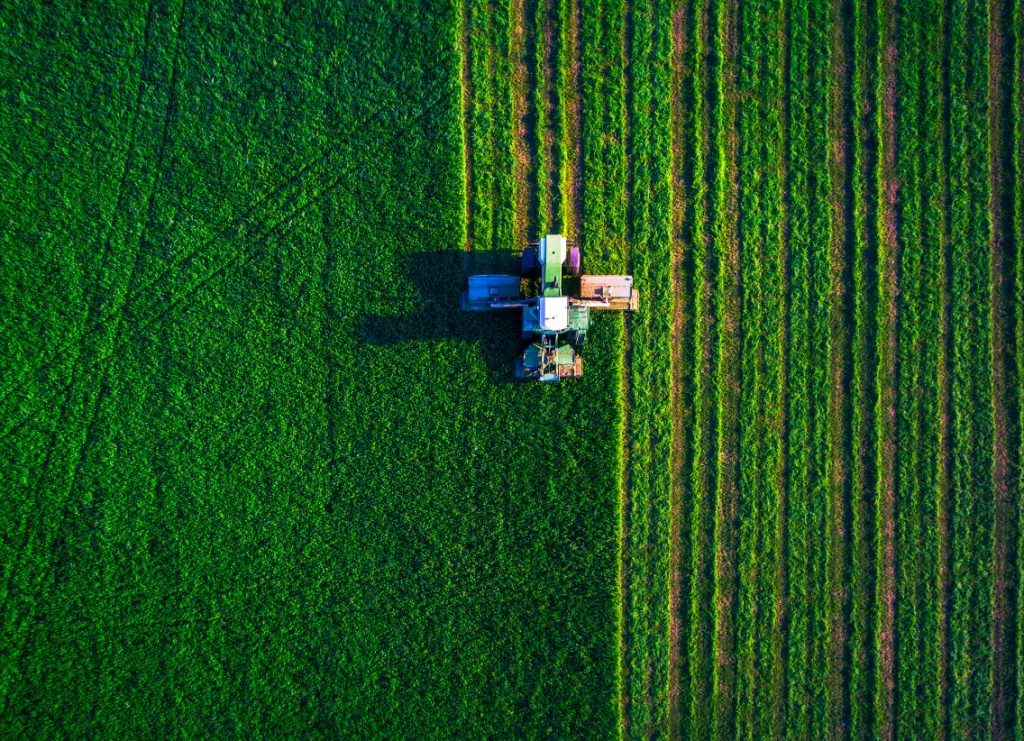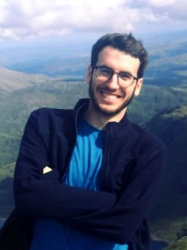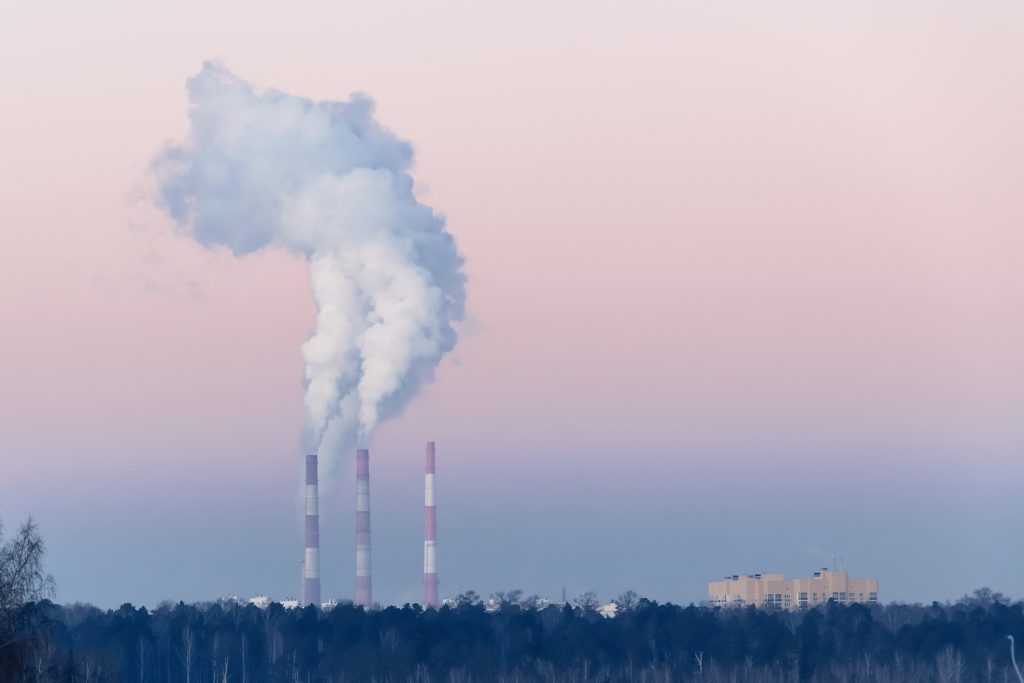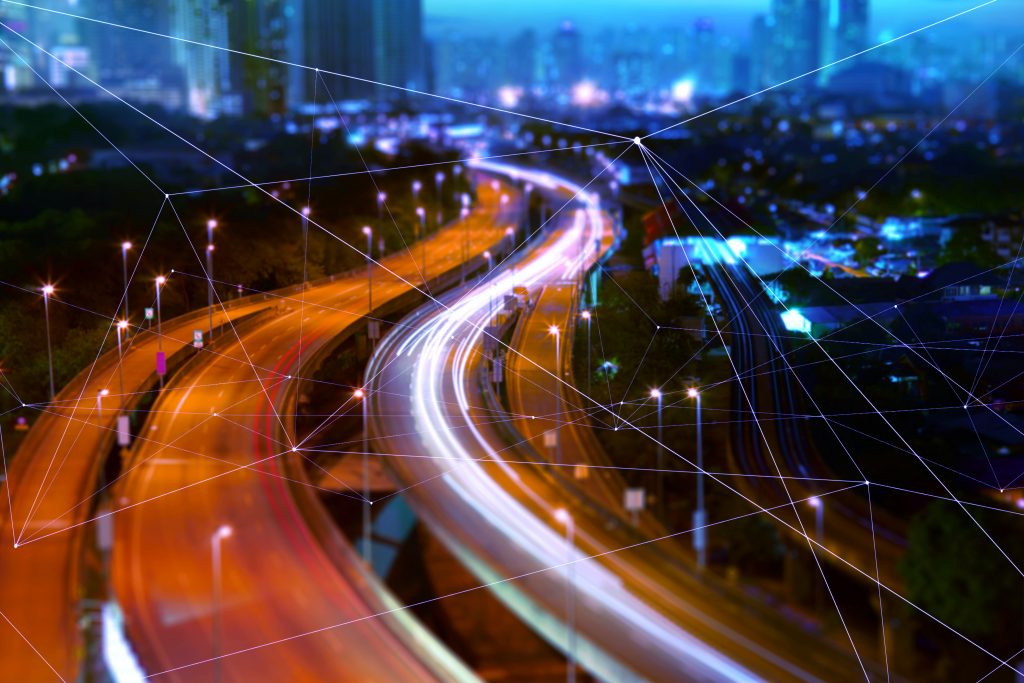PhD Insights: Finding new ways to feed the world
By Albert Fabregas Flavia, a member of the Transition to Zero Pollution cohort.
According to a recent UN report, the world’s population is expected to rise from 7.7 billion to 9.7 billion by 2050 and reach 11 billion by 2100. Such an increase in population will inevitably lead to a proportional increase in the demand for food. Producing enough food to satisfy the needs of this growing population (and doing so sustainably) is, therefore, a pressing global challenge.

Currently, staple food production relies heavily on the use of synthetic nitrogen fertilisers. However, considerable amounts of synthetic nitrogen are lost to the environment in the form of nitrate leaching or as ammonia and nitrous oxide emissions, causing air and water pollution across the globe and contributing to global warming.

Interestingly, a few soil-dwelling bacteria have long been known to be capable of converting the nitrogen in the atmosphere into nitrogen fertiliser. Using these bacteria as bio-fertilisers has therefore been proposed as a way to reduce agriculture’s harmful over dependence on synthetic nitrogen fertilisers. Yet, the process for converting atmospheric nitrogen into fertiliser is highly demanding for the bacteria and is likely to result in a severe “fitness cost” (that is, a negative impact on the bacteria’s ability to grow and replicate and therefore its viability as an eco alternative), preventing the potential use of these bacteria as bio-fertilisers in agriculture.
As part of Imperial’s commitment towards a zero-pollution future, our project we will be taking an innovative approach to tackling the bacterial fitness cost associated with synthesising nitrogen fertiliser from the air. Because, to paraphrase Bob Dylan, we think the answer to the question of how to feed the world sustainably might well be “blowing in the wind”.




